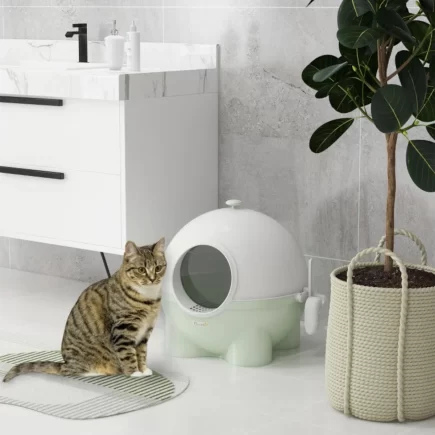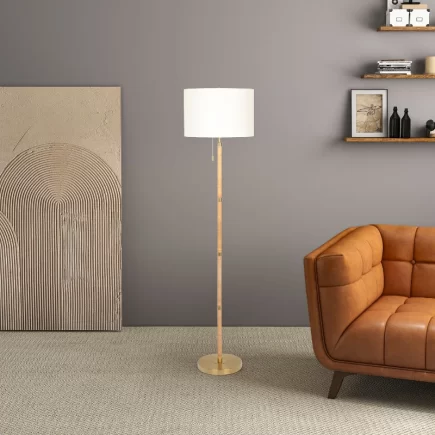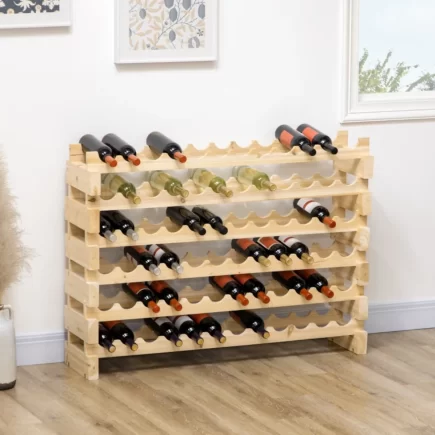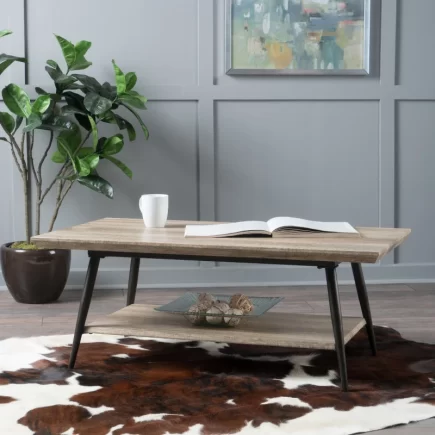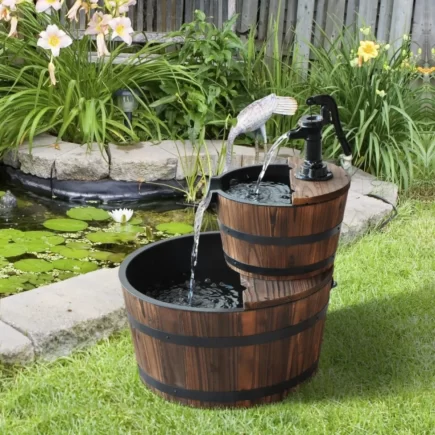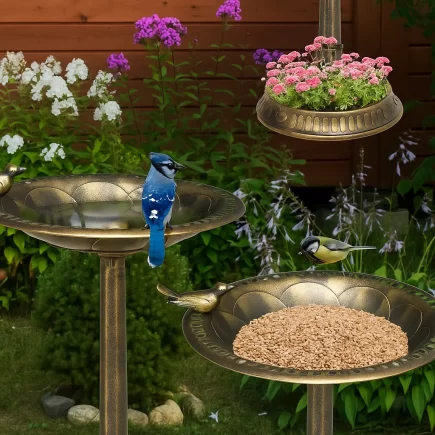Whether it’s hanging in your entryway, leaning elegantly in the bedroom, or installed above a vanity, a mirror can do wonders for your space. It reflects light, makes rooms feel more open, and adds a sleek touch to almost any style of décor. But when your mirror is clouded with fingerprints, water spots, or smudges, it doesn’t just look off, it disrupts the visual harmony of the whole room.

A clean, streak-free mirror not only enhances your space visually but also sets the tone for how clean and well-kept your home feels overall. If you’ve ever cleaned a mirror only to find it full of streaks minutes later, this guide is for you. Whether you’re dealing with foggy bathroom mirrors, sticky residue from hairspray, or hard water stains, we’ll walk you through everything you need to clean, maintain, and protect your mirrors so they shine like new every time.
Mirror Cleaning Essentials Tools and Supplies for Mirror Cleaning
| Tool/Supply | Purpose |
| Microfiber Cloth | Lint-free cleaning and polishing without scratches |
| Spray Bottle | For applying homemade or store-bought cleaner evenly |
| White Vinegar | A natural cleaning agent that cuts through grime and kills bacteria |
| Distilled Water | Prevents mineral streaking from tap water |
| Rubbing Alcohol (Isopropyl) | Cuts through sticky residue, makeup, and stubborn stains |
| Cotton Swabs | Cleans corners and edges of framed mirrors |
| Optional: Glass Squeegee | For larger mirrors or professional-grade streak-free results |
| Paper Towels (Cautiously) | Can be used to wipe excess, but may leave lint if overused |
Pre-Clean: Remove Dust, Debris, and Residue
Before you spray anything on your mirror, take a moment to remove any loose dust or grime. Skipping this step can cause streaking or even scratching, especially if the mirror is heavily soiled.
Steps to Pre-Clean
- Dry Wipe: Use a dry microfiber cloth to gently dust the mirror from top to bottom.

- Detail the Edges: Use a cotton swab or corner of the cloth to clean the edges where dirt often collects.
- Assess the Surface: Look for sticky spots, hairspray buildup, or fog residue that may need extra attention.
The Classic Vinegar and Water Method
One of the most effective and non-toxic ways to clean a mirror is by using a simple vinegar and water solution. It’s inexpensive, chemical-free, and delivers consistent results.
DIY Vinegar Cleaner
- 1 cup white vinegar
- 1 cup distilled water
Mix these ingredients in a spray bottle and shake well before use.
Removing Hard Water Stains Without Scratching
- Spray the vinegar cleaning solution on the mirror, starting at the top.
- Wipe using a microfiber cloth in a zigzag or “S” pattern. Avoid circular motions, which can cause uneven distribution.
- Buff with the dry side of the cloth to eliminate remaining streaks.

Advanced Cleaning Method for Foggy or Hazy Mirrors
Sometimes, Mirrors don’t just look dirty, they look fogged, dull, or hazy even after cleaning. This is often due to residue from personal care products or a layer of moisture film.
- Mix 1 part vinegar, 1 part water, and 1 drop of dish soap.
- Apply using a microfiber cloth, working the solution into the mirror gently.
- Buff dry until the mirror shines.
Using Rubbing Alcohol for Sticky or Makeup Residue
Hairspray, or cosmetic residue can be especially stubborn. Rubbing alcohol is a fast, effective way to spot-clean these areas without damaging your mirror.
Spot-Cleaning Steps
- Pour a small amount of rubbing alcohol on a clean, colourless microfiber cloth.
- Gently dab the affected area. Do not scrub aggressively.

Can Toothpaste Help? Buffing Mirrors Naturally
Toothpaste may seem unconventional, but it’s a great trick for clearing haze or removing small scratches.
Steps for Using Toothpaste

- Apply a pea-sized amount of non-gel toothpaste to a cloth.
- Rub gently over foggy or lightly scratched areas.
- Let it sit for 5-10 minutes.
- Wipe clean with a warm, damp microfiber cloth.
- Buff with a dry cloth to finish.
How to Prevent Mirror Fog After a Shower
To prevent mirror fog after a shower, apply a thin layer of dish soap, shaving cream solution to create a protective film. These simple tricks keep your reflection clear, even in steamy bathrooms.
- Dish Soap Film
- Apply a drop of dish soap directly onto the mirror.
- Buff it evenly using a dry microfiber cloth.
- Shaving Cream
- Rub a small amount of shaving cream across the mirror surface.
- Buff it completely dry with a clean cloth.
Streak-Free Techniques: Microfiber vs Squeegee vs Newspaper
Achieve a flawless, streak-free shine every time by choosing the right tools for the job. Whether you prefer microfiber, a squeegee, or the classic newspaper method, the key is technique. A spotless mirror can instantly brighten your space and reflect perfection in every detail.
Squeegees are ideal for large mirrors, especially when you want a fast, professional-looking finish. They remove cleaning solution cleanly from the surface, leaving no streaks behind. That said, they’re not as practical for small mirrors or mirrors with ornate frames, where precision is more important than speed.

Microfiber cloths are widely regarded as one of the best tools for mirror cleaning. They absorb moisture effectively, are lint-free, and can be reused multiple times. However, they do require regular washing to maintain their performance, and using a dirty cloth can reintroduce grime and leave streaks.
Newspaper is a classic, eco-friendly choice that many swear by. It provides a natural polish without leaving lint behind, and it can be surprisingly effective at eliminating streaks. The downside is that the ink from some newspapers can stain your hands, which makes it a bit messy to use.

Paper towels are convenient and inexpensive, making them a go-to for many people. However, they tend to leave behind small fibers or lint, which can defeat the purpose of a streak-free clean. They also aren’t reusable, so they’re less sustainable in the long run.
Common Cleaning Mistakes That Damage Mirrors
To keep your mirrors lasting longer, it’s important to avoid mistakes that might cause permanent damage or shorten their lifespan.
Top Mirror Cleaning Mistakes to Avoid
- Using harsh abrasives may scratch the mirror surface.
- Spraying directly onto the mirror frame can cause moisture damage over time.
- Using ammonia-based products on antique mirrors can erode coatings or frames.
- Using a dirty cloth reintroduces grime and causes streaks.
Keeping your mirrors spotless isn’t just about vanity, it’s about enhancing your space, making your rooms feel brighter, and preserving your décor investment. Whether you prefer natural DIY solutions or commercial cleaners, the key is in the method: pre-clean, choose the right tool, apply a proven solution, and buff to perfection.
FAQs
1. How often should I clean my mirrors for best results?
For general household use, once a week is ideal to prevent buildup. In high-moisture areas like bathrooms, cleaning every few days helps avoid water spots and fogging.
2. How can I safely clean mirrors with wooden or metal frames?
Cover or shield the frame with a dry cloth while cleaning the glass. This prevents moisture from seeping in and damaging the frame material.
3. Is there a way to make a mirror look brighter without replacing it?
Yes. Place it where it reflects natural light, clean it regularly, and consider adding soft LED backlighting to enhance its clarity and visual impact.




